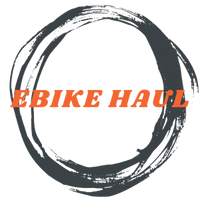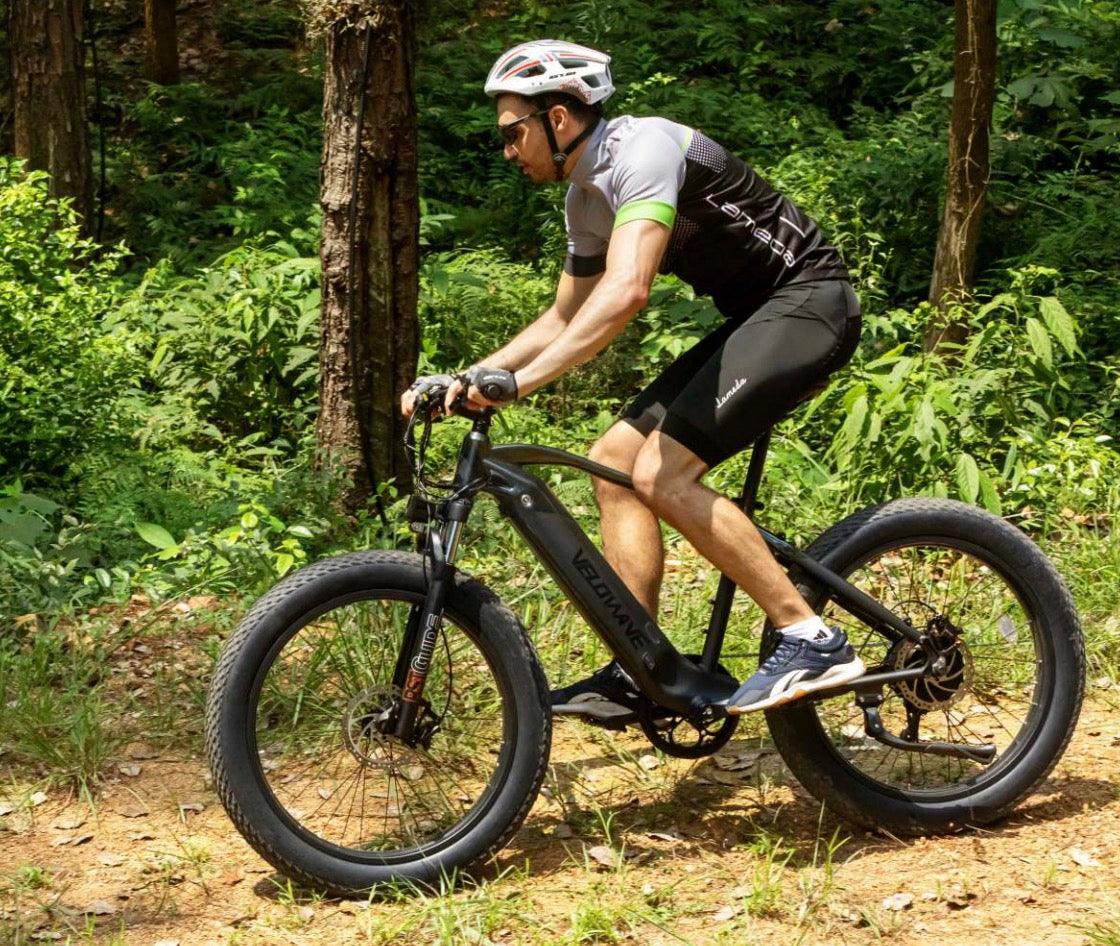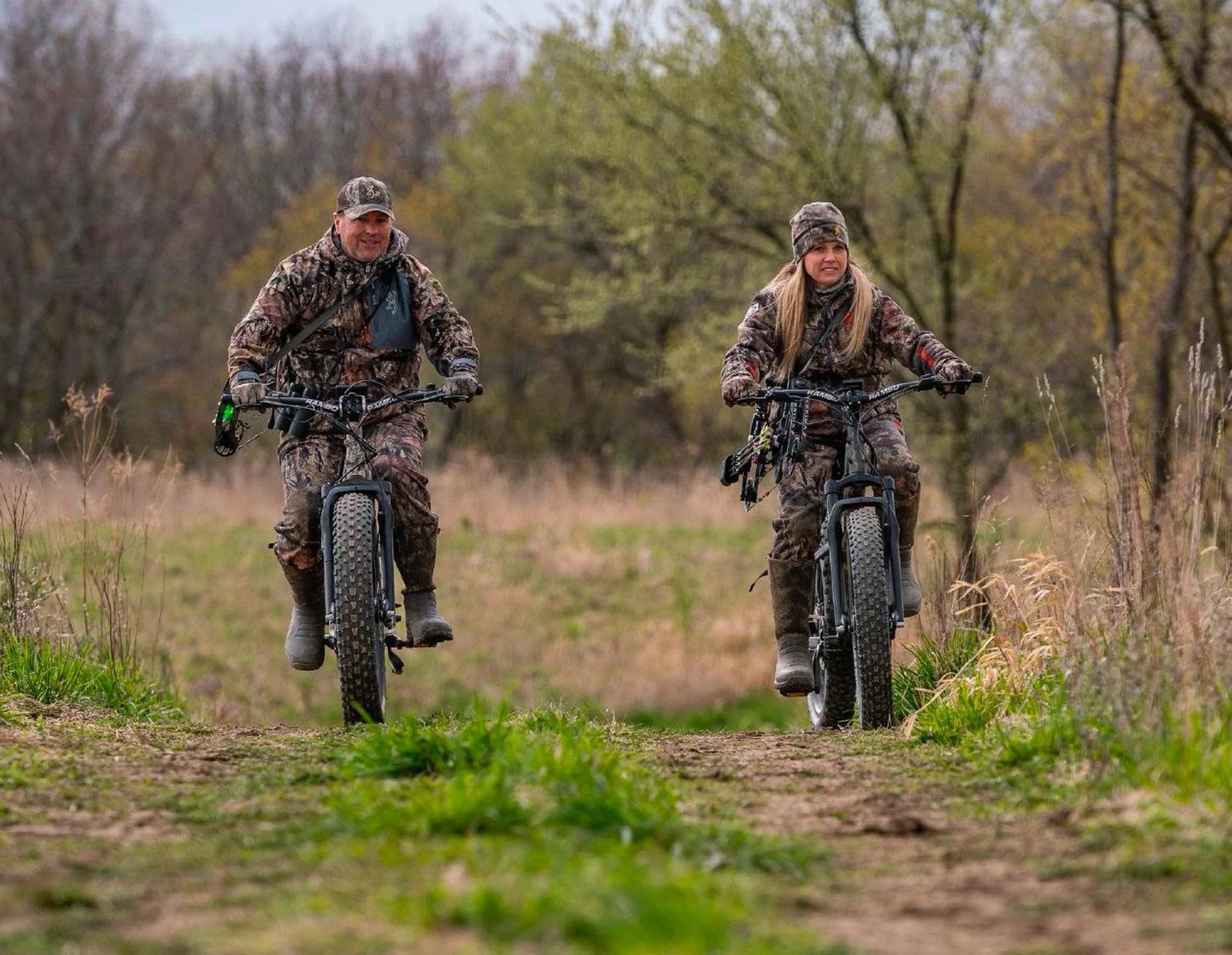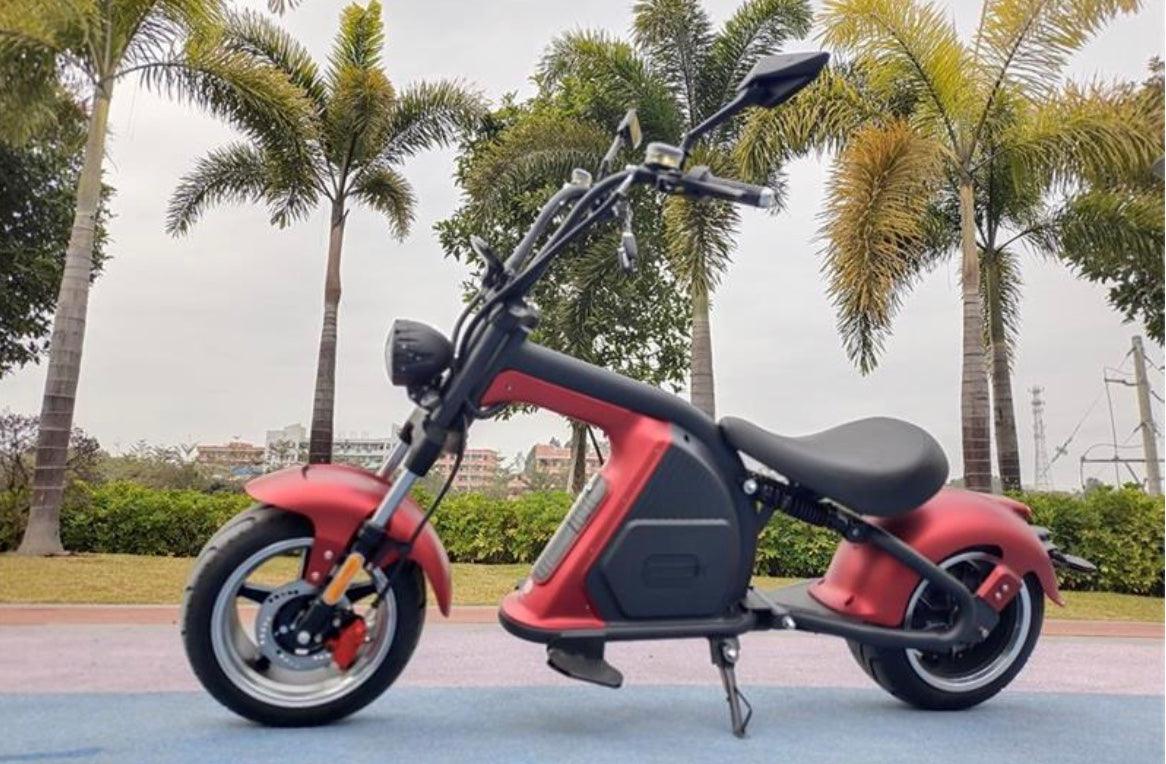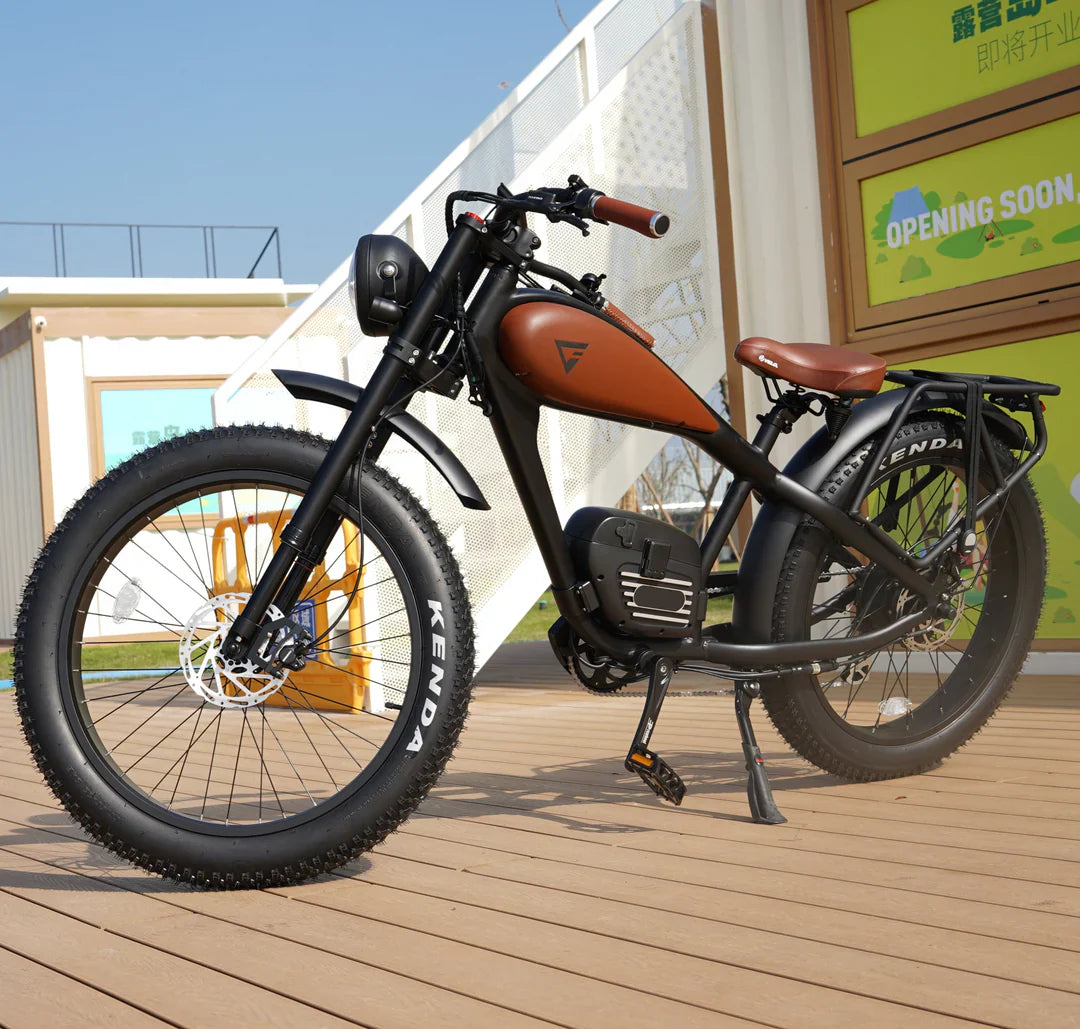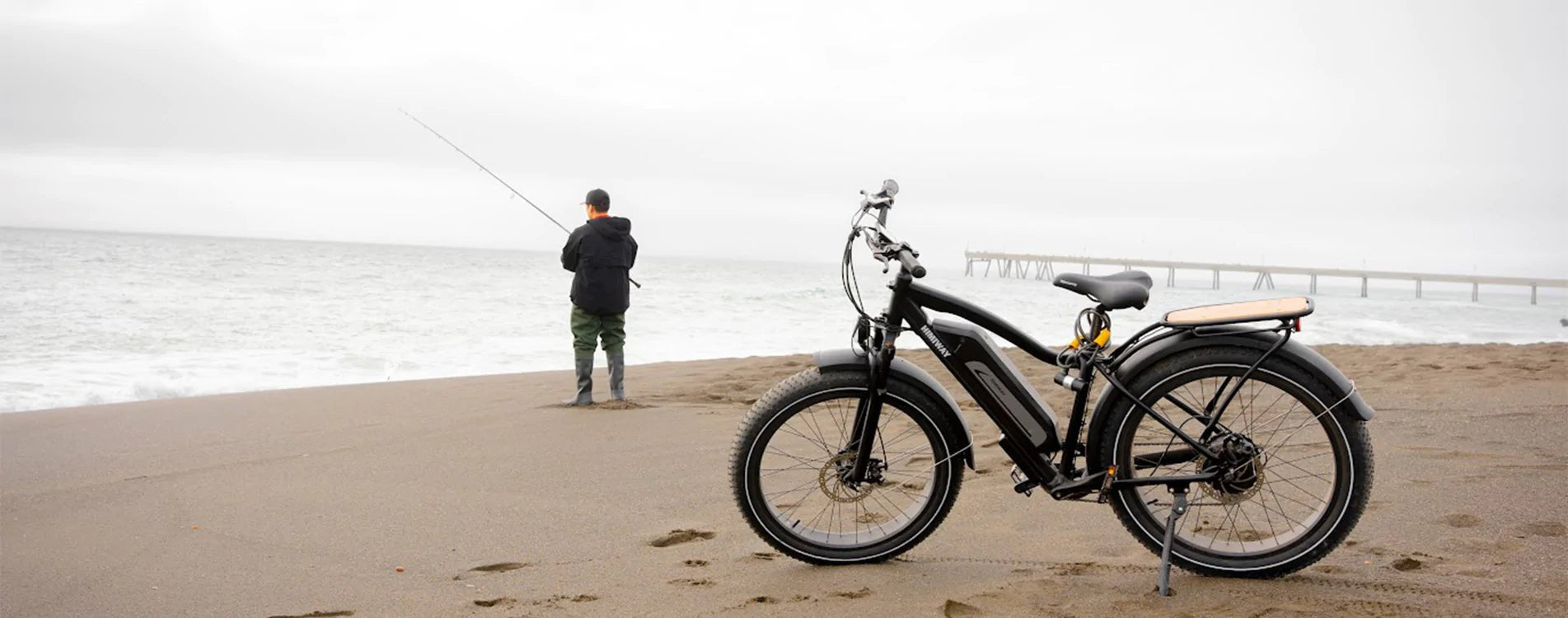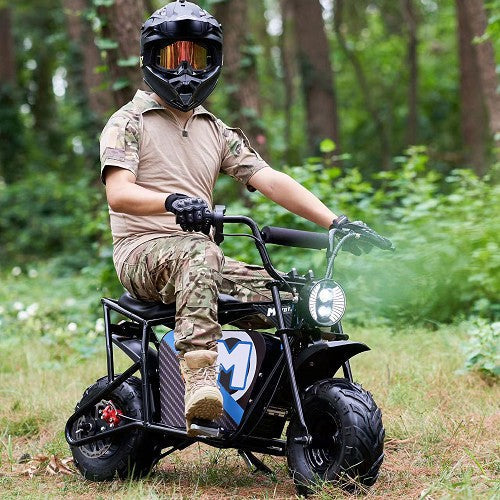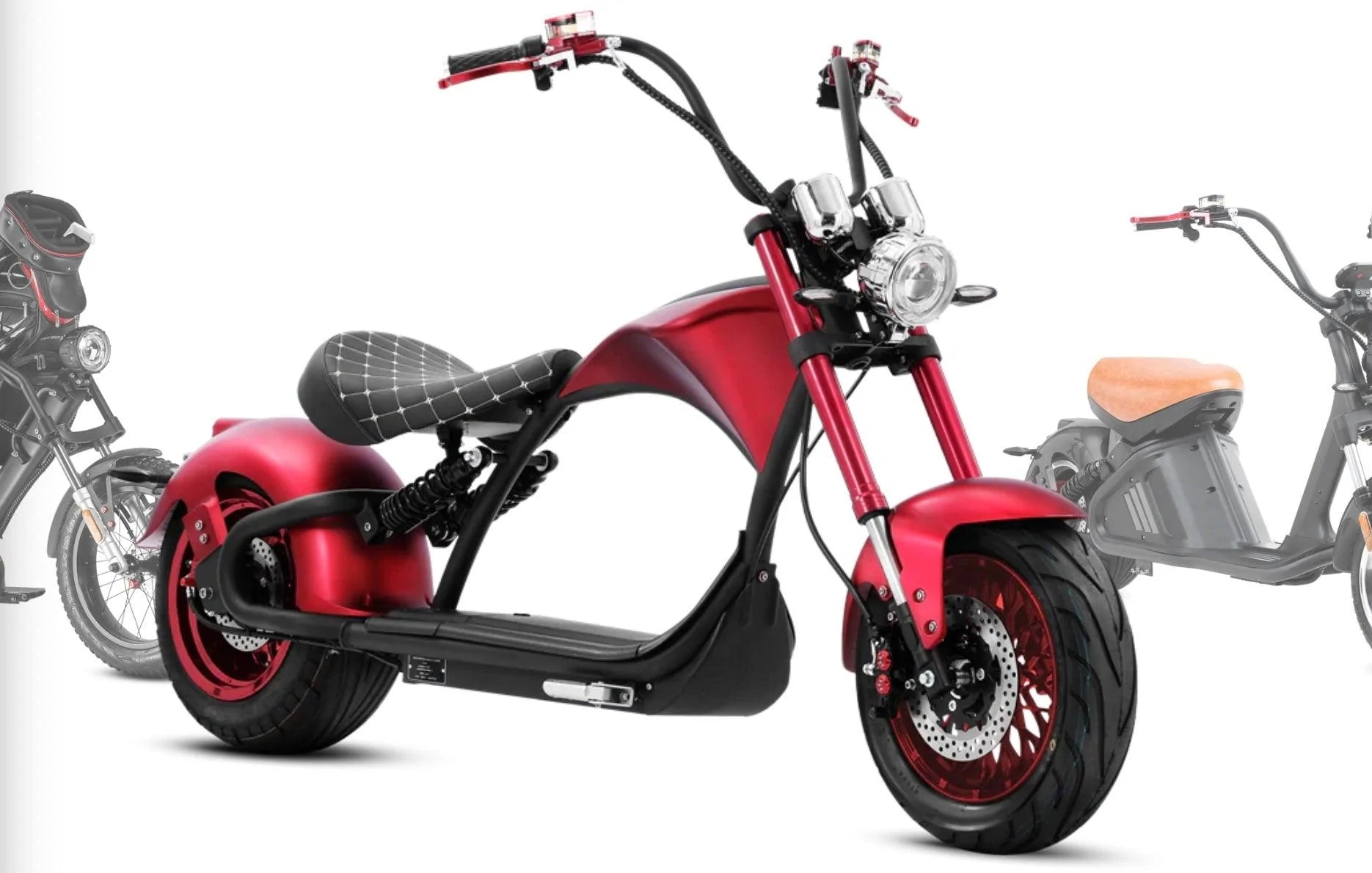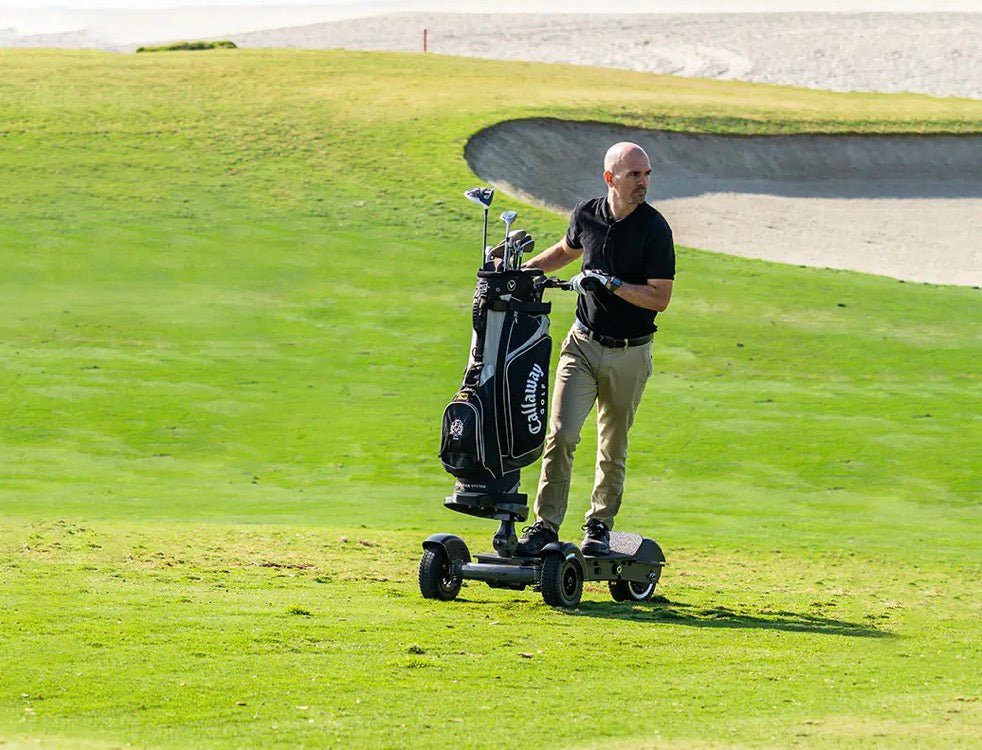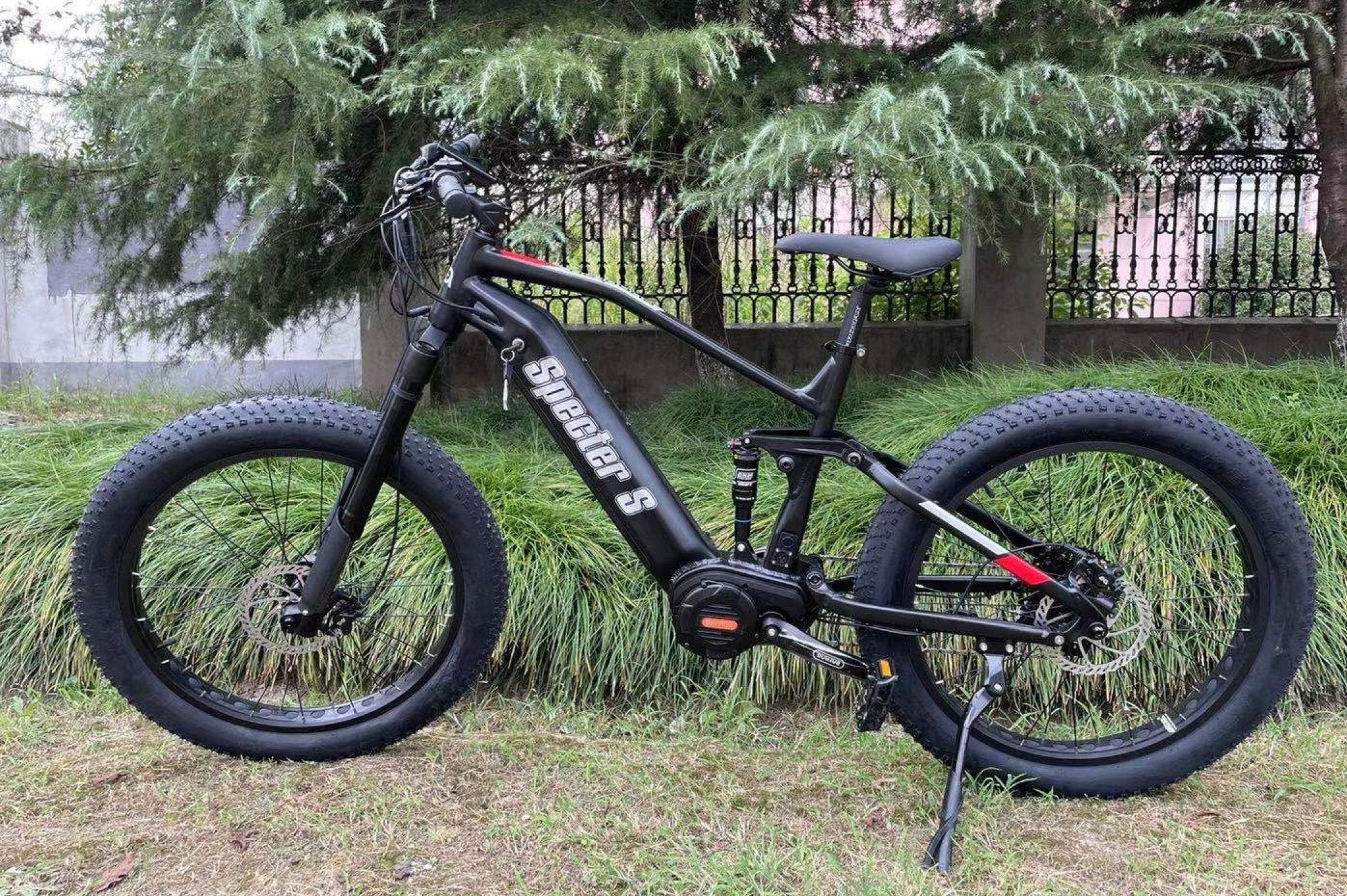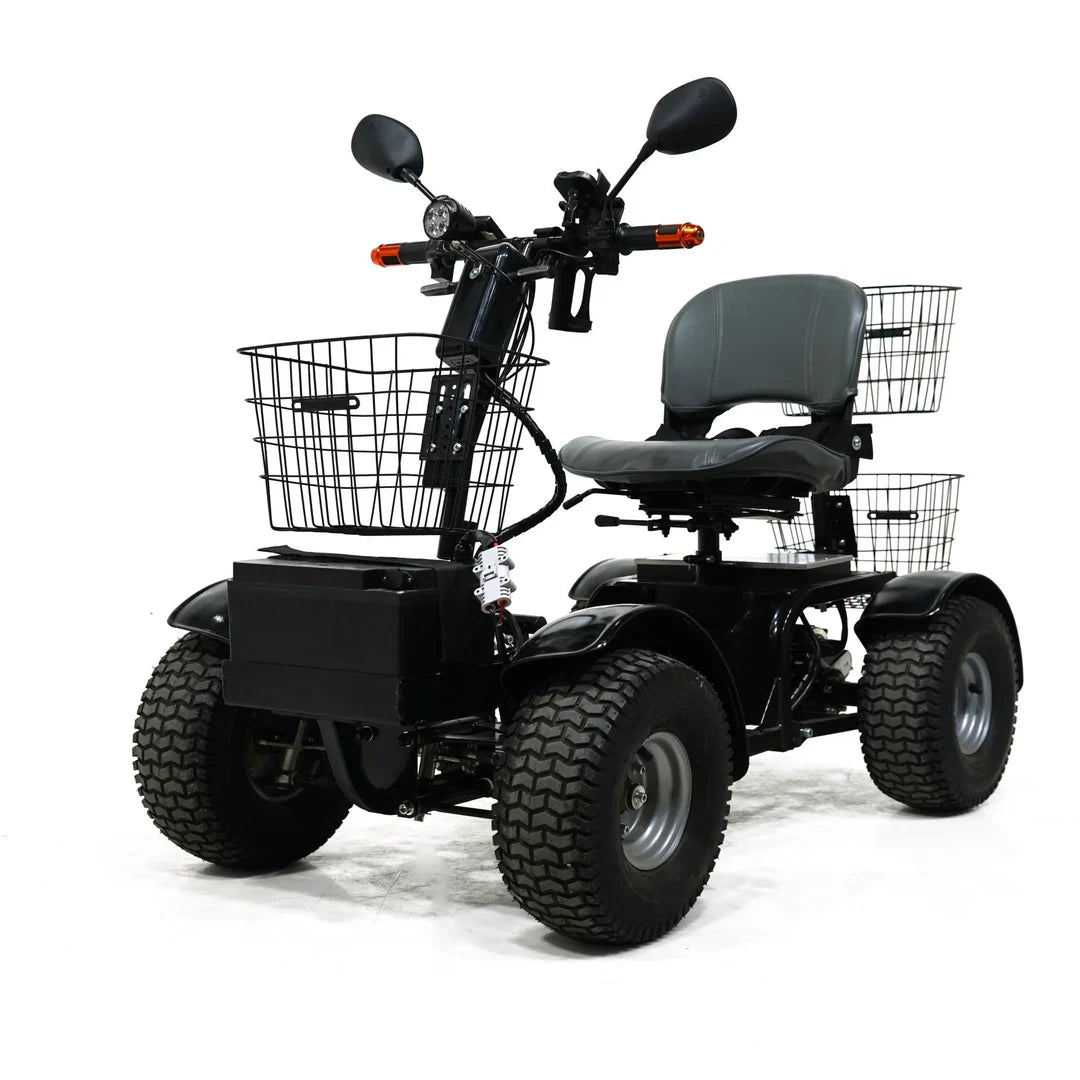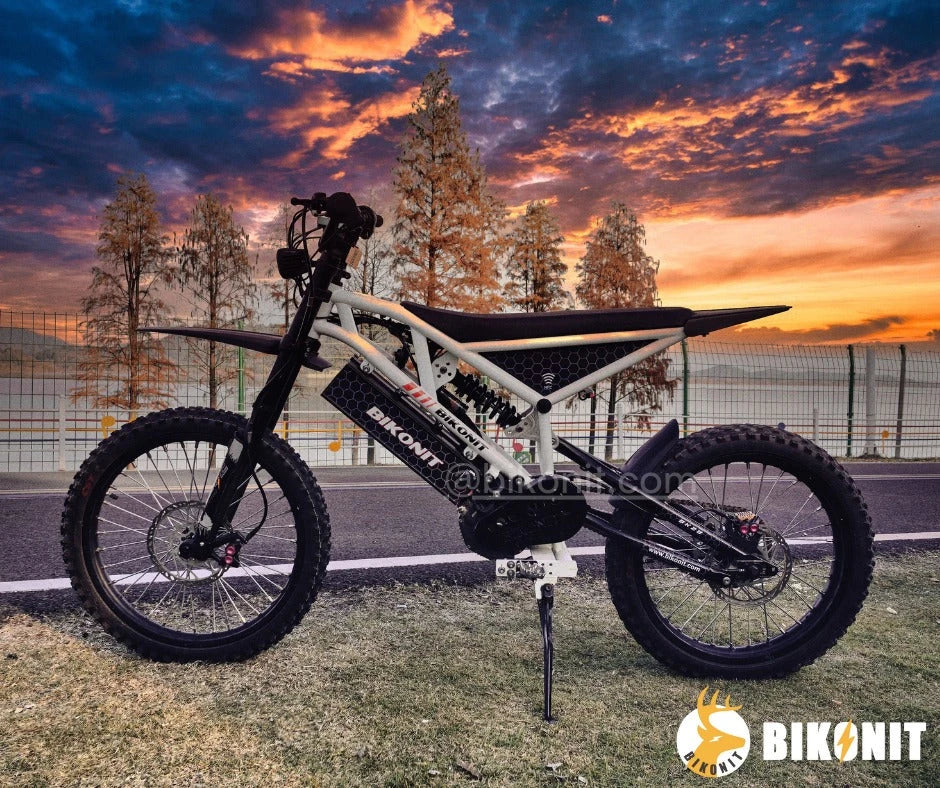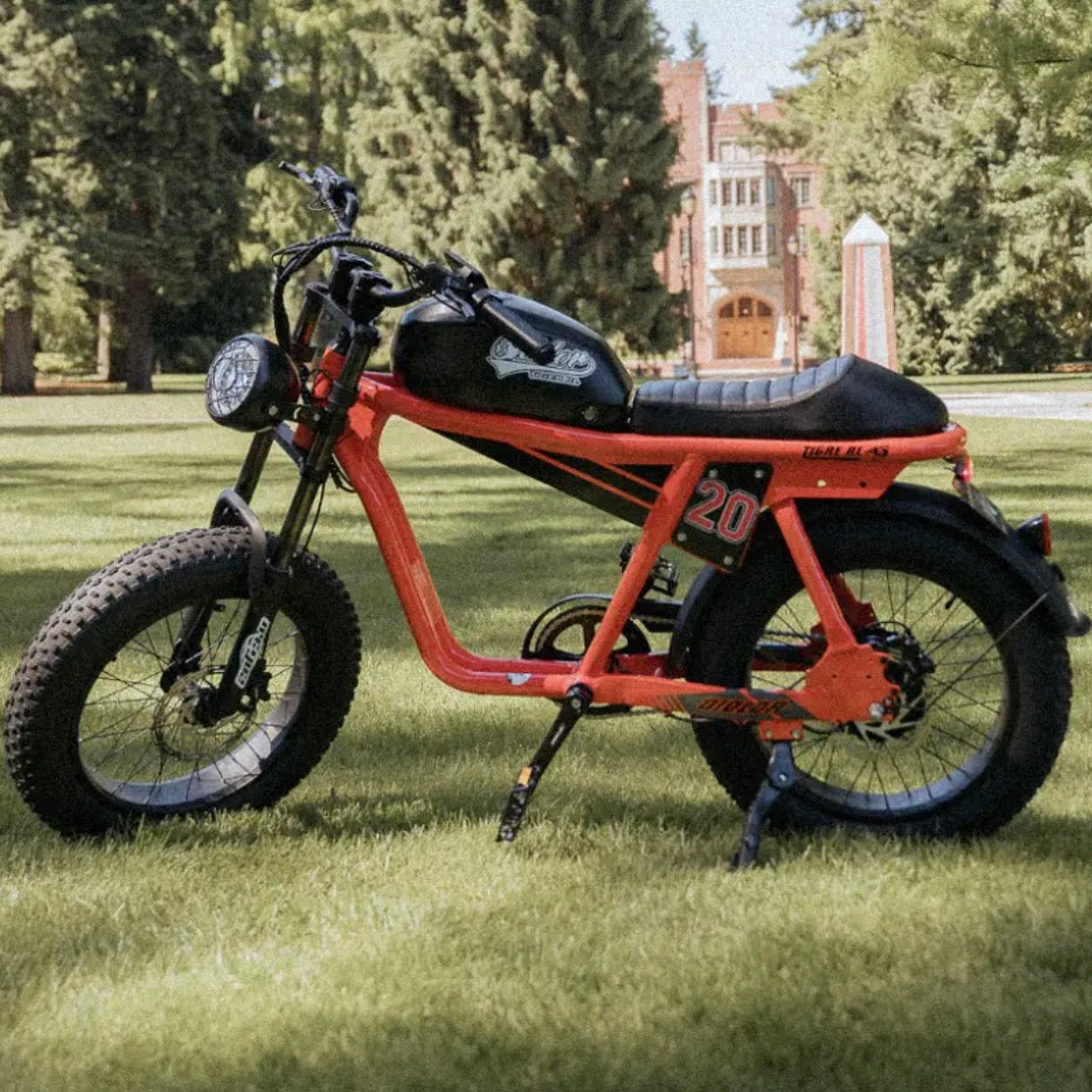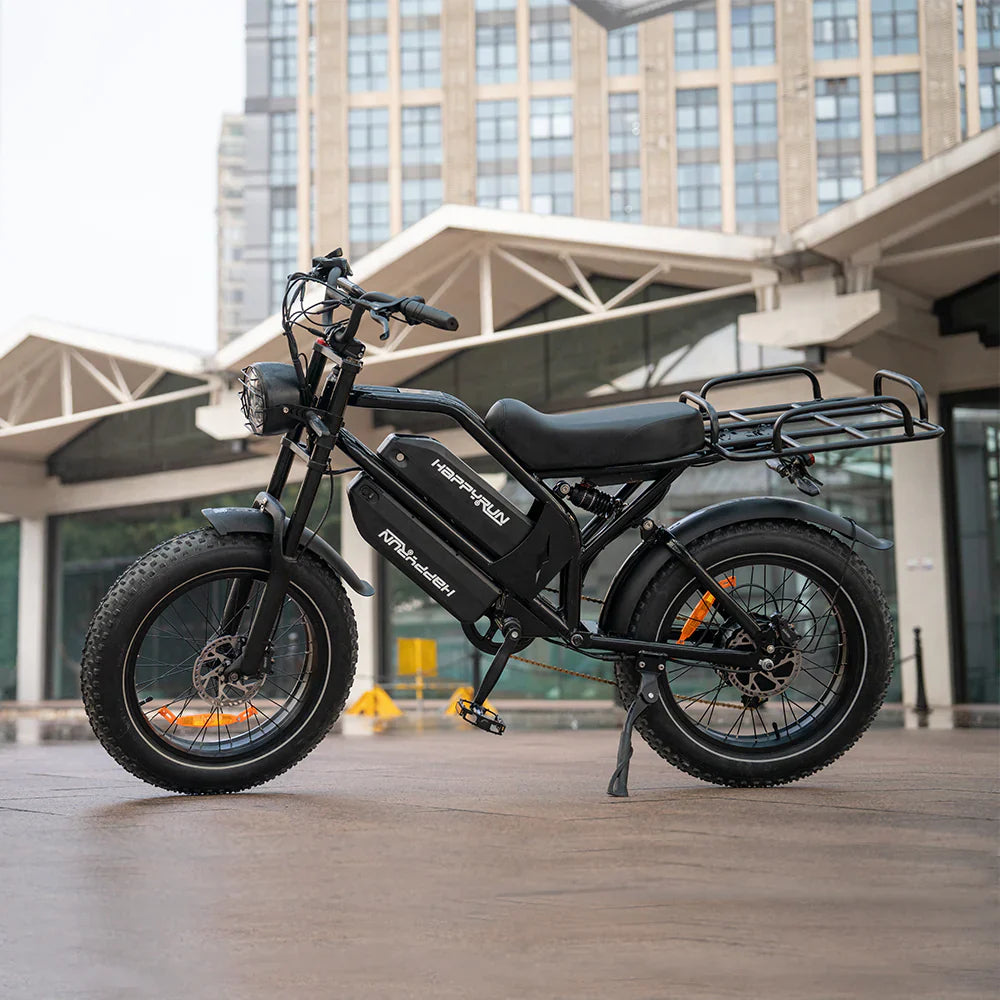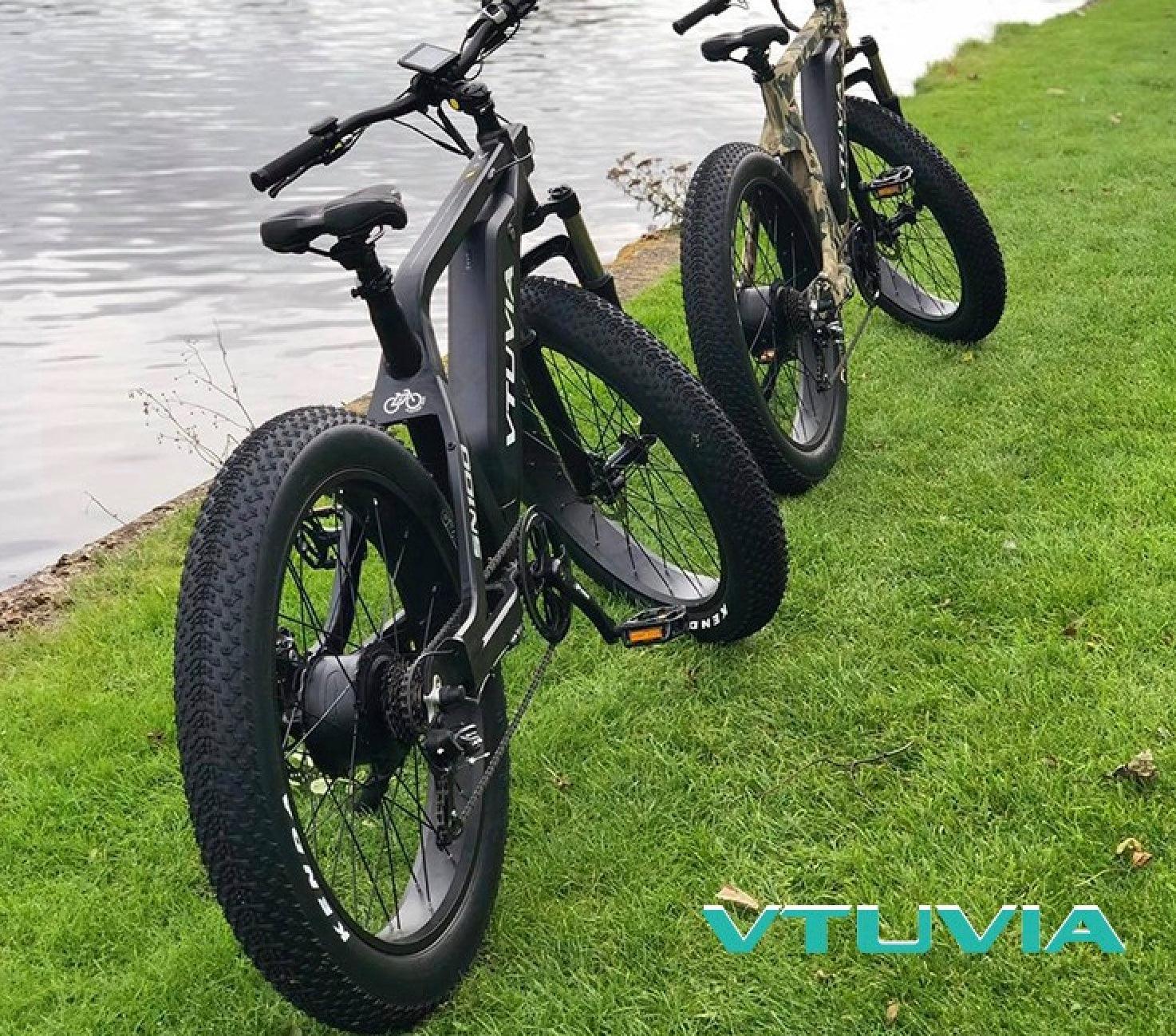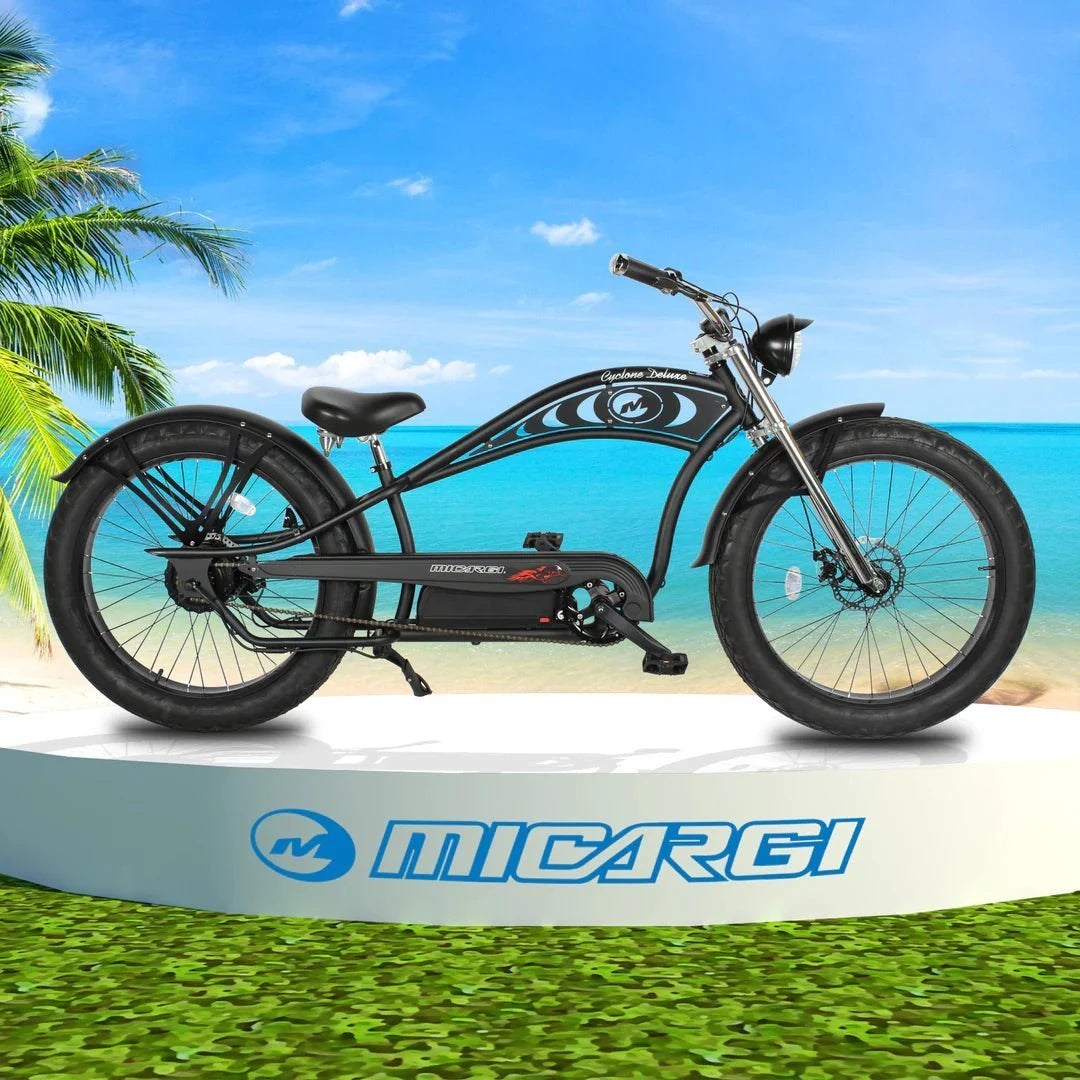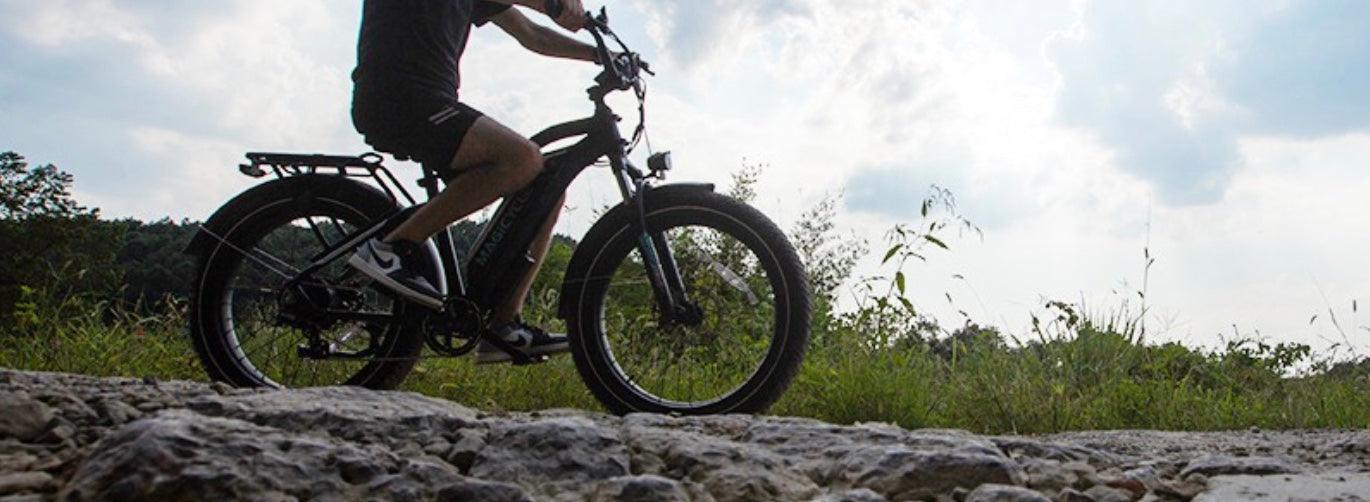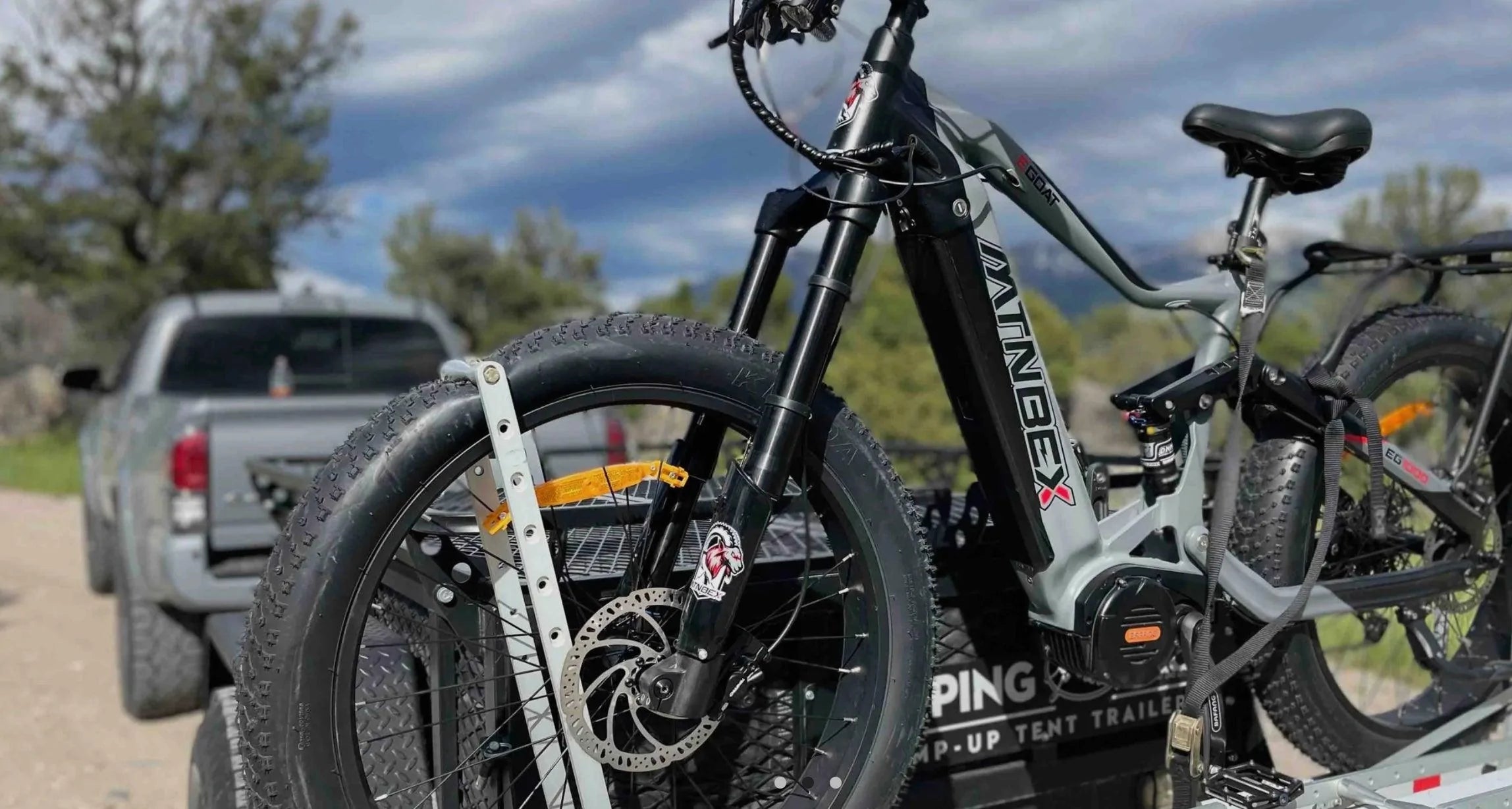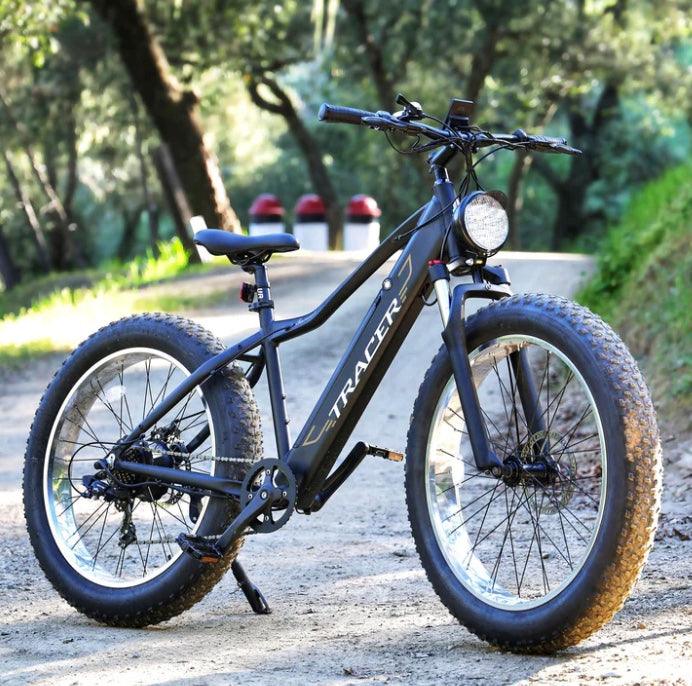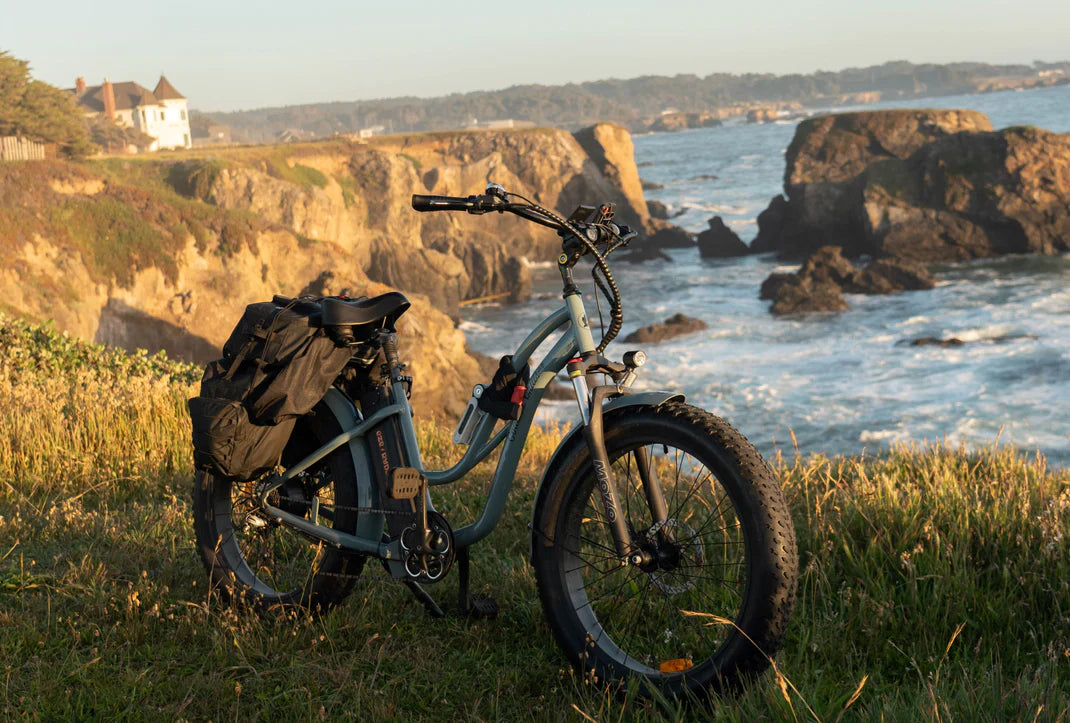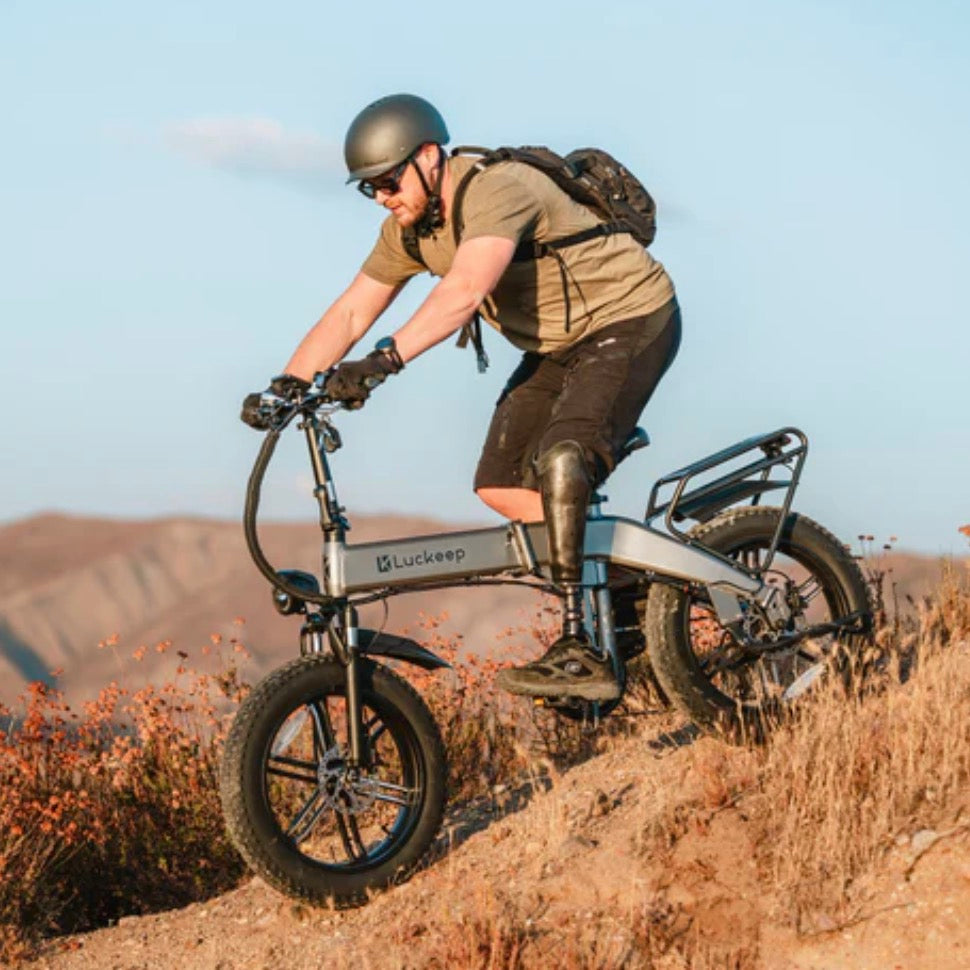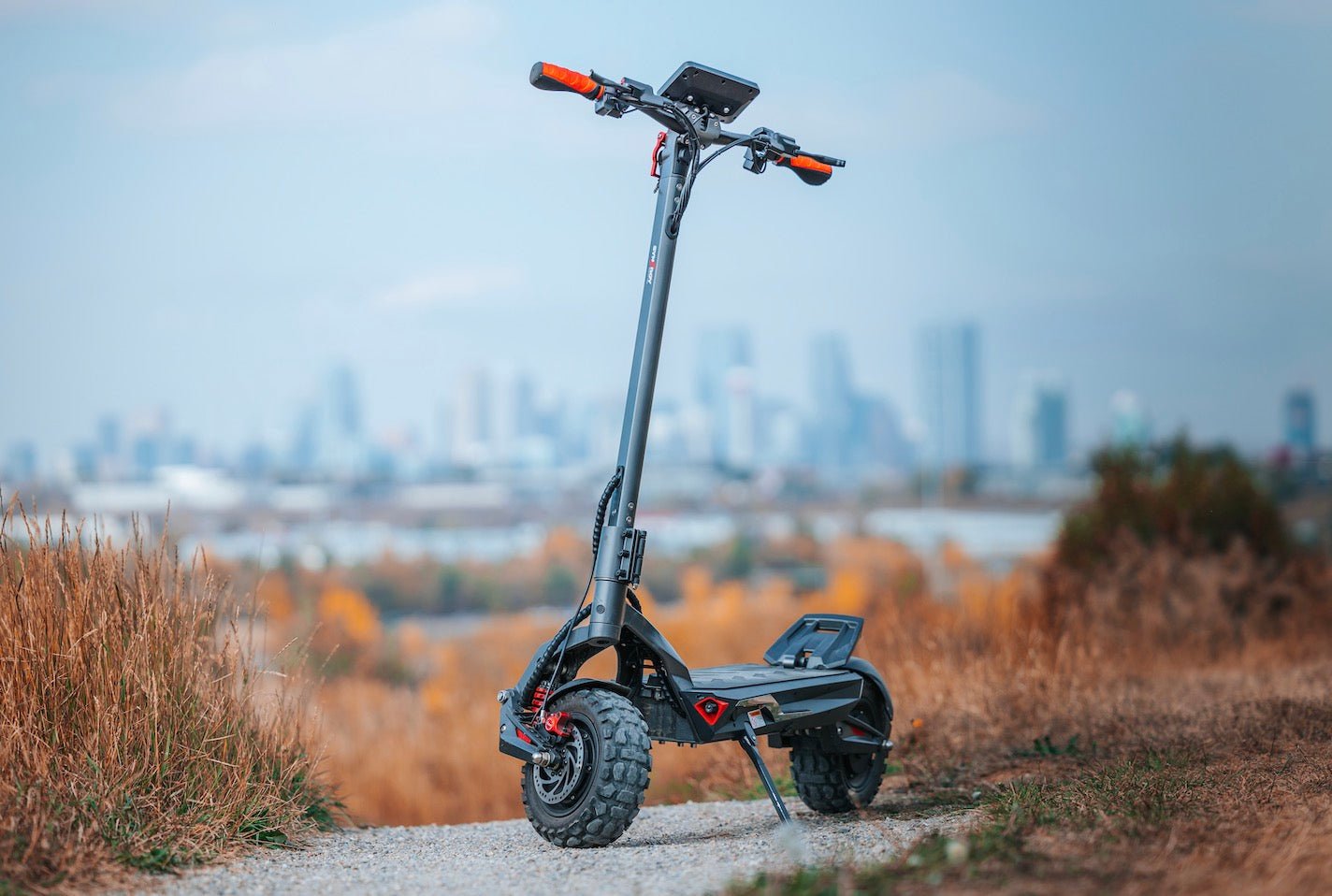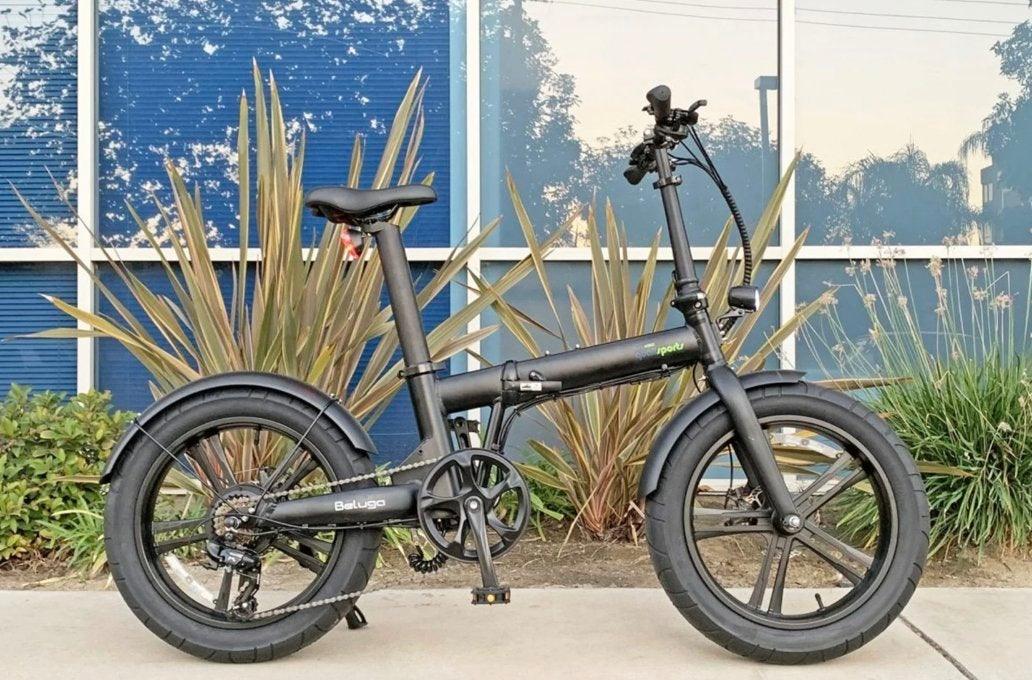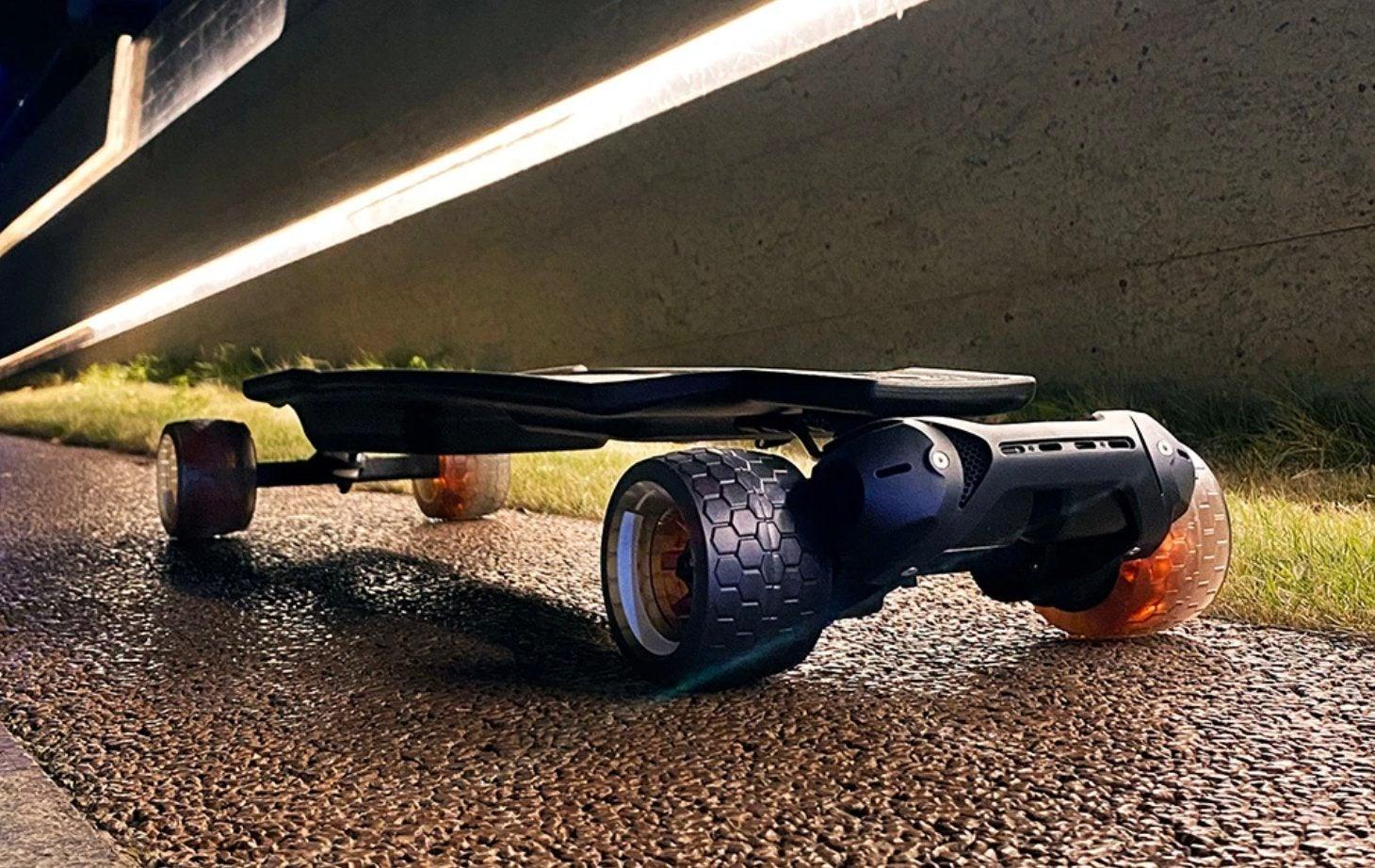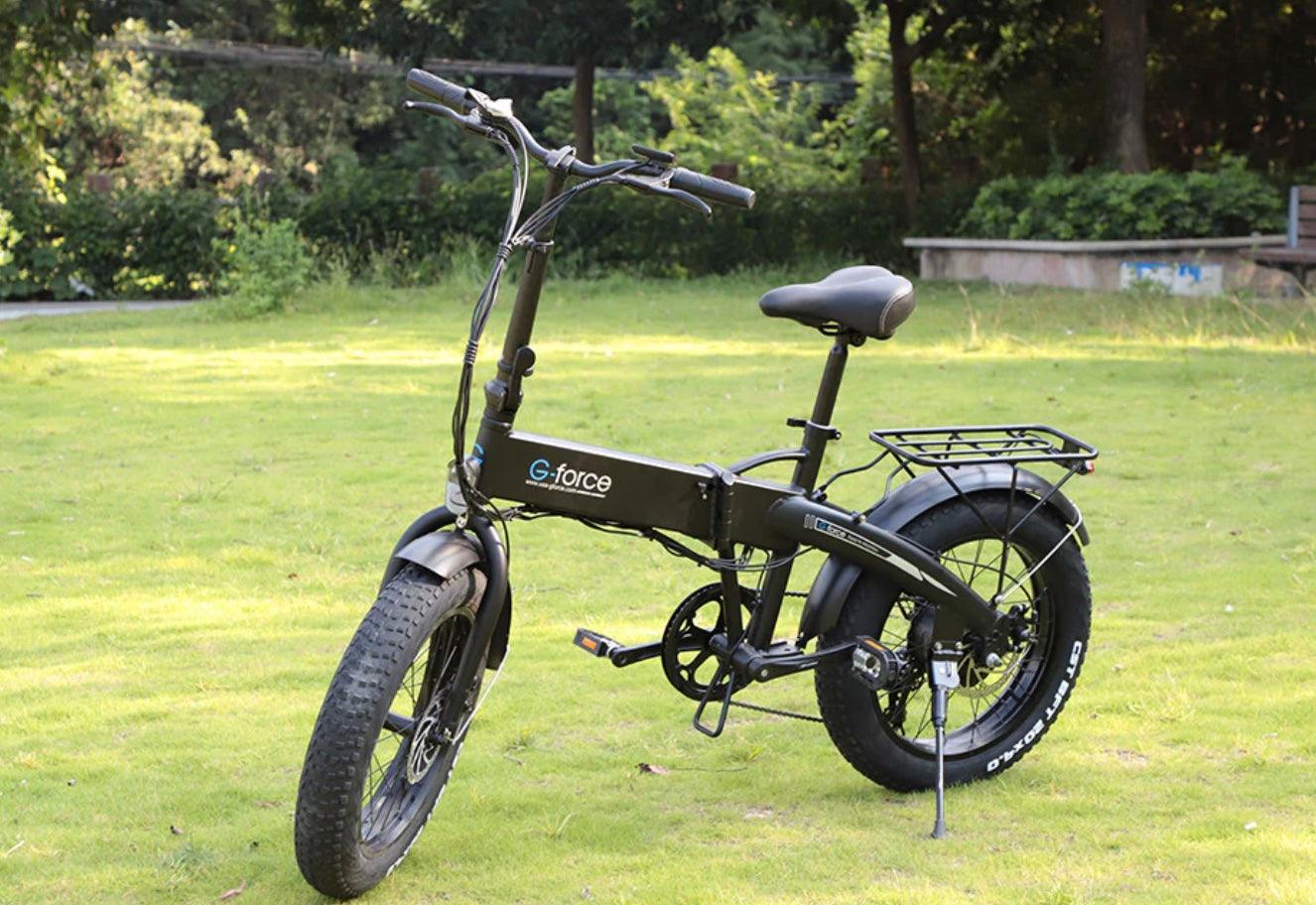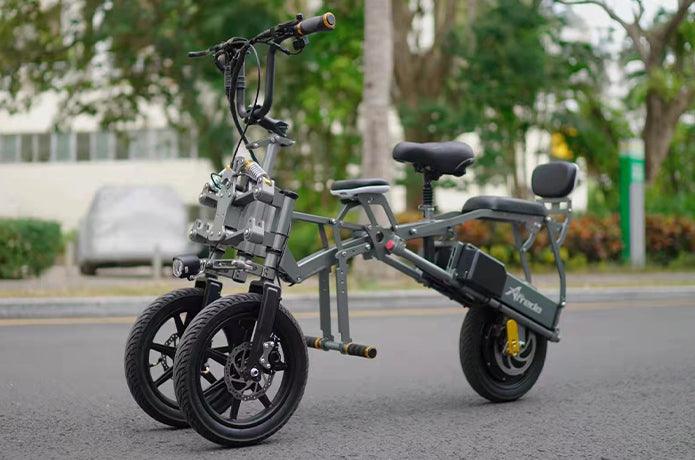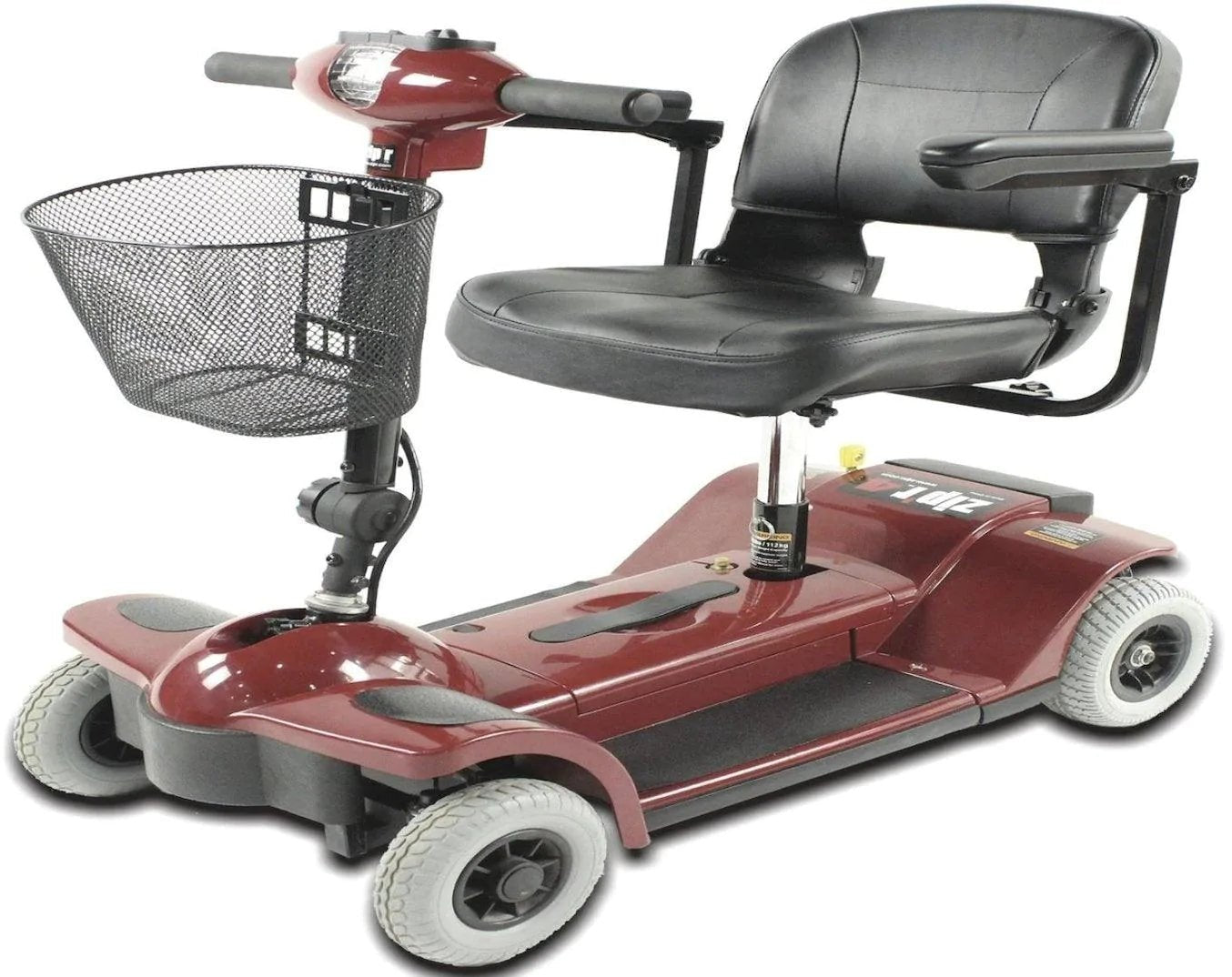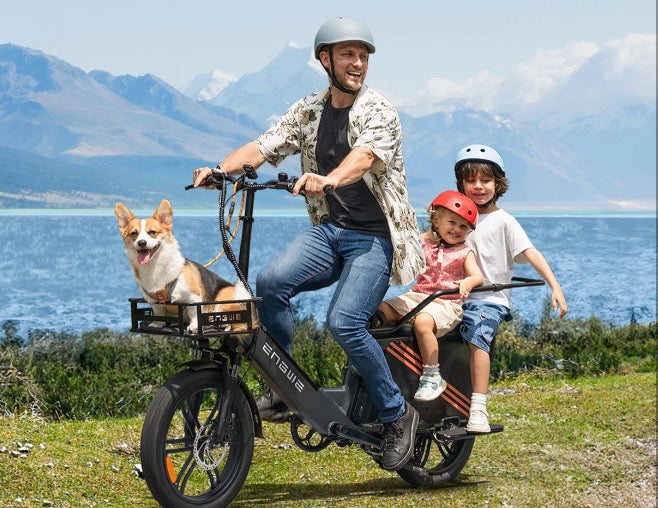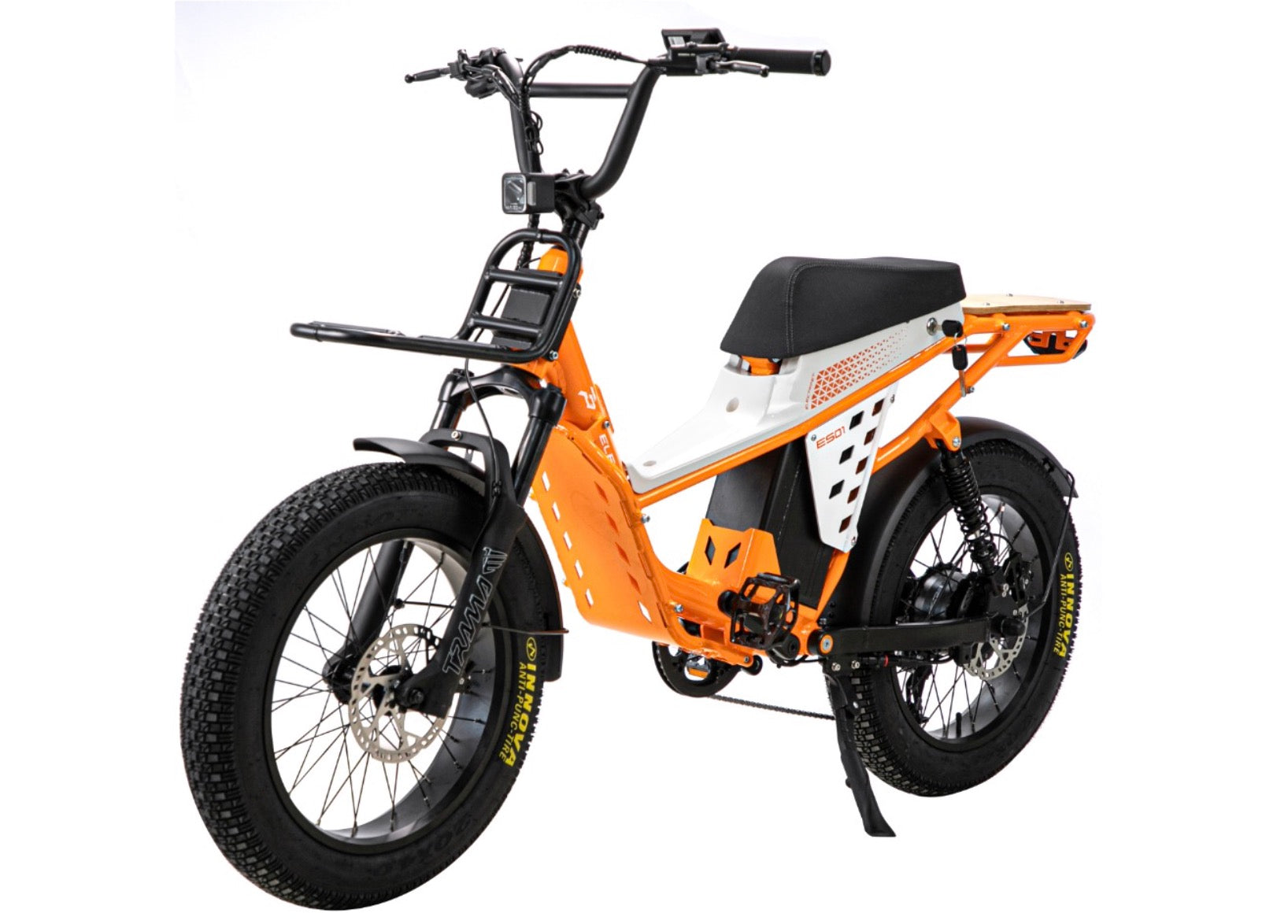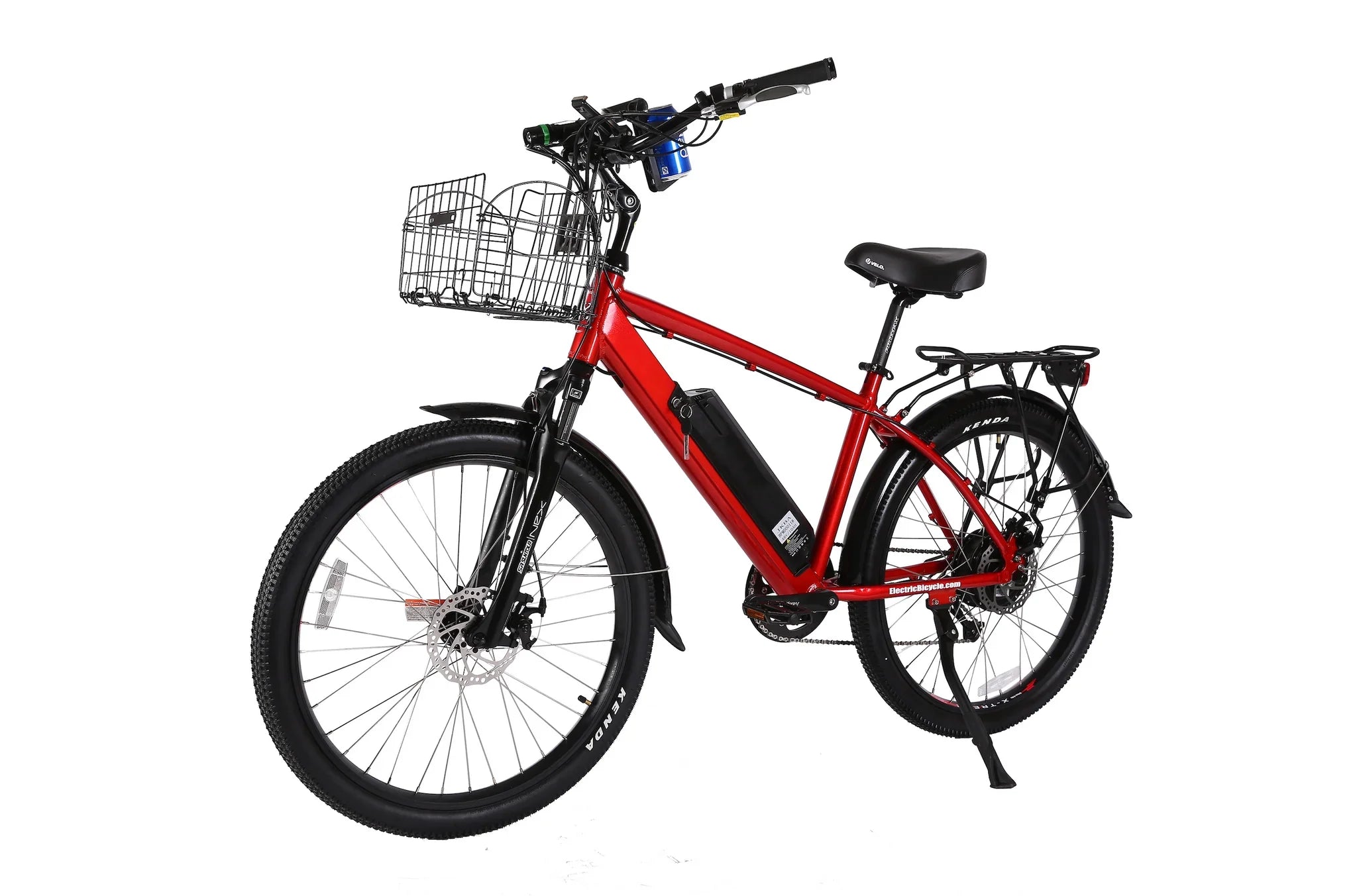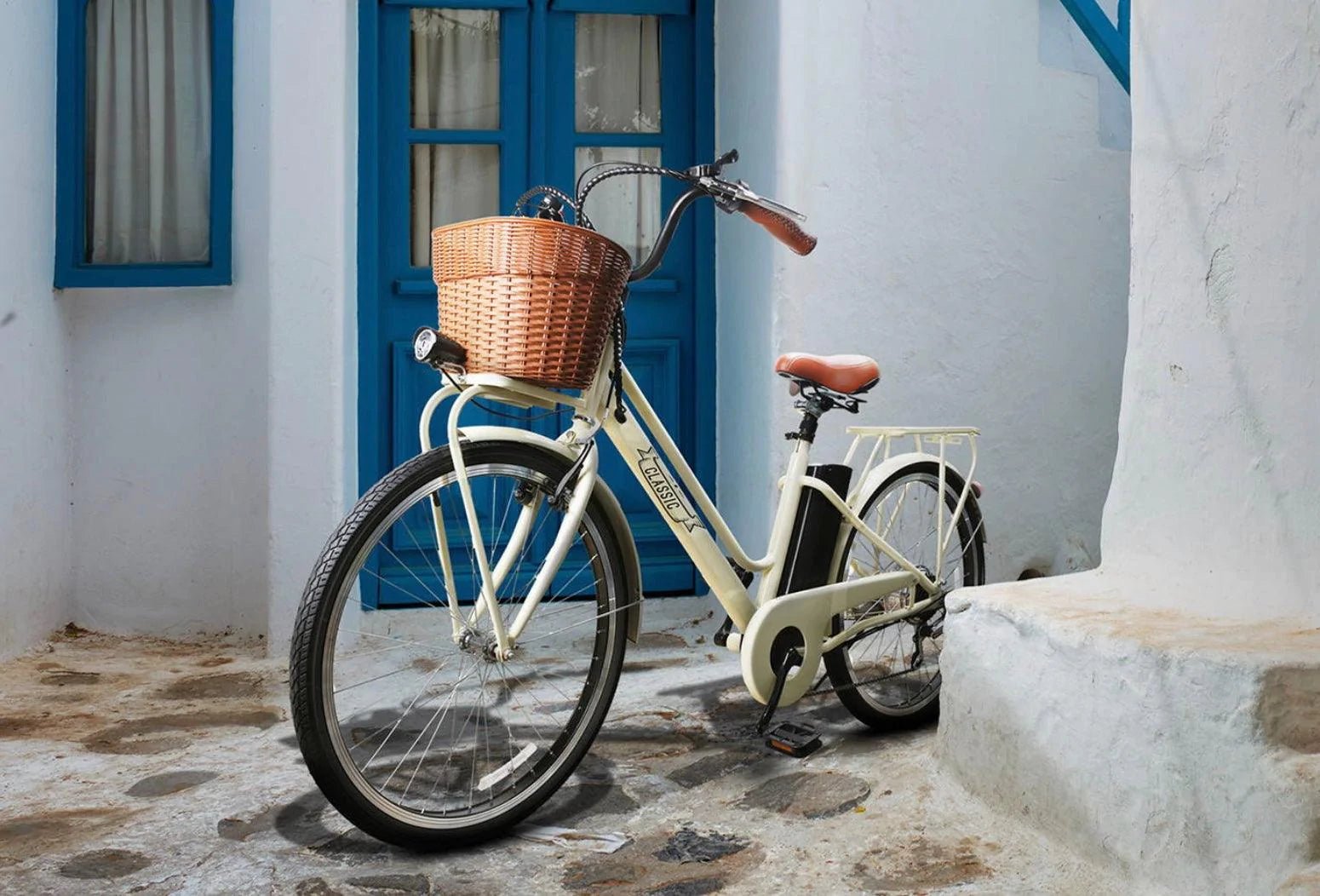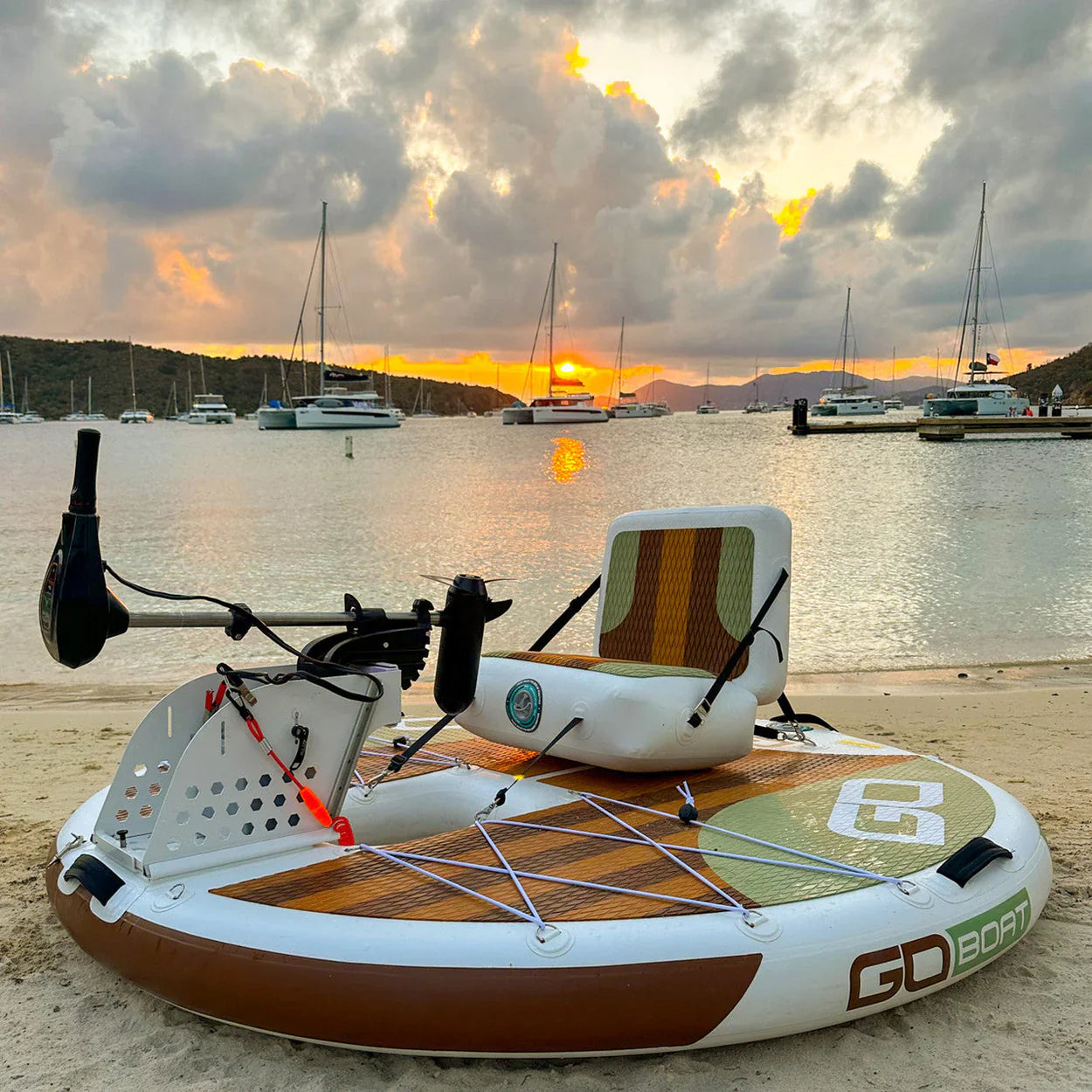Hub-Drive Vs. Mid-Drive e-bike Motors
There is often a big debate of which is better: A mid-drive motor or hub-drive electric bike motor. Like any technology, there are many variables and individual circumstances to consider when choosing which eBike motor is best suited for you. Our top selling models are the QuietKat Ranger (built with a hub- drive motor) and the QuietKat Apex (built with a mid-drive motor) so this article meant to highlight both technologies as a compare and contrast scenario.

Hub Drive Advantages
- Lower Cost – Hub Drive motors are less expensive to manufacture and require less time for assembly and integration. This equates to a lower overall price compared to a mid-drive motor.
- No Chain Required – If something were to happen such as a derailleur or chain breaking, hub drive motor Ebikes can be ridden without a chain by using the throttle only. This is a nice feature in the event of a mechanical failure.
- Smooth & Peppy – It’s hard to explain without first-hand experience but hub-drive motors have a smooth, yet peppy take off which makes riding fun with exhilarating.
Hub-Drive Disadvantages
- Less Torque – Because hub-drive motors do not utilize the mechanical advantage of the chain and gearing when using throttle only, riders will have pedal more often to climber steeper terrain or to pull heavier loads.
- Added Rear Weight – Having the weight of the motor in the rear wheel makes the bike “back- heavy” which is a little more cumbersome when riding in technical terrain.
- Increased Time for Rear Wheel Maintenance – Due to the location of the motor in the rear wheel and added wiring, routine tube repairs and/or tire changes can be a bit more time to complete.

Mid-Drive Advantages
1. Increased Torque – Mid-Drive motors are directly integrated with the pedals and crank, which equates to a more efficient power transfer from the motor. Whether you are using pedal assist or throttle only, the chain and mechanical gearing are always engaged, which results in better hill-climbing and heavier load-pulling capabilities.
- Longer Battery Life – When ridden in the proper gearing, mid-drive motor eBikes typically see longer mileage per battery charge due to a more efficient power transfer through the gearing on throttle only.
- Superior Balance – With the weight of the motor housed in the center of the bike, balance is optimized for a better riding experience in technical, off-road terrain.
- Added Versatility and Natural Feel – A mid-drive motor has a more natural pedaling feel because it is integrated with the crank. Additional features such as torque sensors that are found in our Ridge Runner and Jeep Ebikes provide a more fluid riding experience and power versatility.
Mid-Drive Disadvantages
- Higher Cost – Mid-Drive motors cost more money due to advanced technology and design. They also require more labor to install and require a customized frame to be fully integrated as an Ebike. For example, the QuietKat Warrior 750W is approximately $1,000 more at retail compared to the Ranger 750W. To put this into perspective, these two models are pretty much the same bike, apart from the Warrior having a Mid-Drive and the Ranger having a Hub-Drive.
- Increased Stress on Components – Electric mid-drive motors are very powerful and the added torque from engaging the drive train will require slightly more maintenance than a hub-drive bike. Chains may stretch a bit more and derailleurs will need more tune-ups, especially during the first 100 miles break-in period.

Summary
At the end of the day, you really can’t go wrong with either motor option. Both Hub-Drives and Mid- Drives are great designs with many years of proven performance and reliability. The key to determining the best motor type is evaluating the specific needs and characteristics of each individual such as terrain, intended use, and budget. A person that lives in the Midwest with moderate rolling terrain and whom is more price conscious will be perfectly happy with the performance of a Hub-Drive bike. On the other hand, someone who lives in a more diverse, mountainous environment will be better suited with a Mid-Drive bike due to longer/steeper inclines and more technical terrain. Both motors will work in any scenario and any environment, but it is important to recognize the potential trade-offs before making a purchase.
Electric bikes have forever changed the way we ride. Not only has it broadened the demographic that’s able to hop on two wheels and hit the trails (riding pedal-assist bikes has proven to be hugely beneficial for older riders) but it also unlocks ride possibilities that we would have never dreamed of on analog bikes. Without a motor and a battery, riding 25 miles straight into a national park and expecting to make it back to your campsite before the sun set would have been laughable.
But as each bike company races to design an eBike that will go faster, further, and climb higher, more people are finding themselves in sticky, even dangerous situations, prompting e-bike-curious riders to ask…
